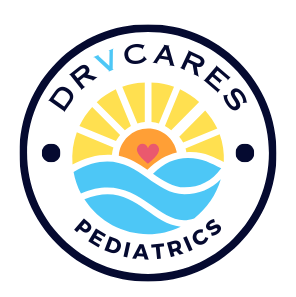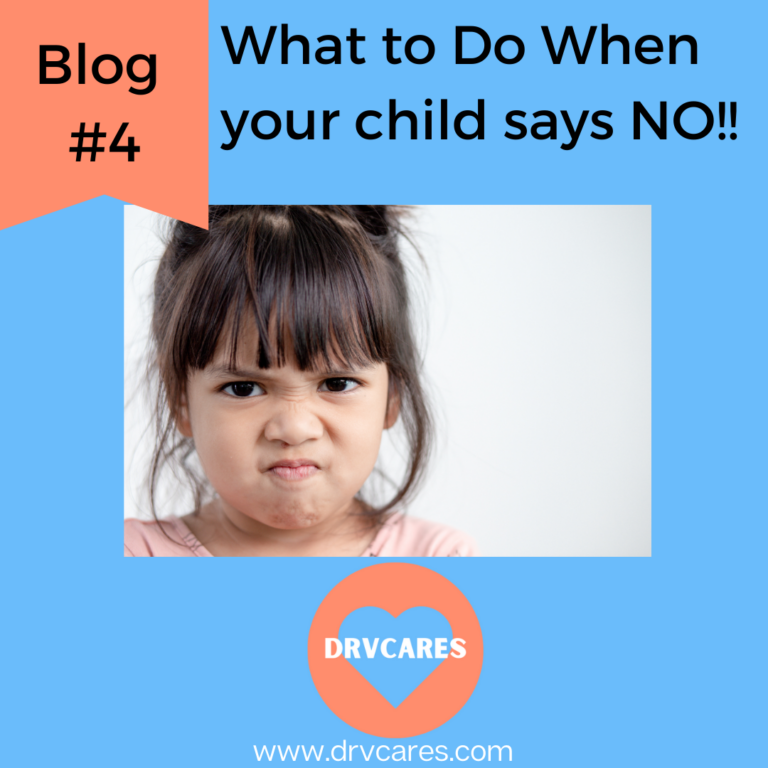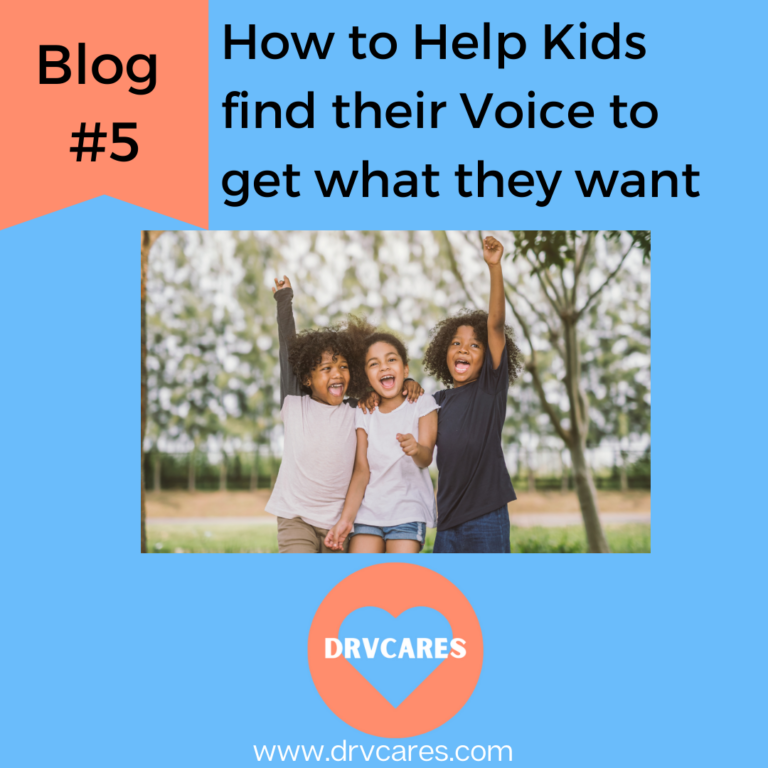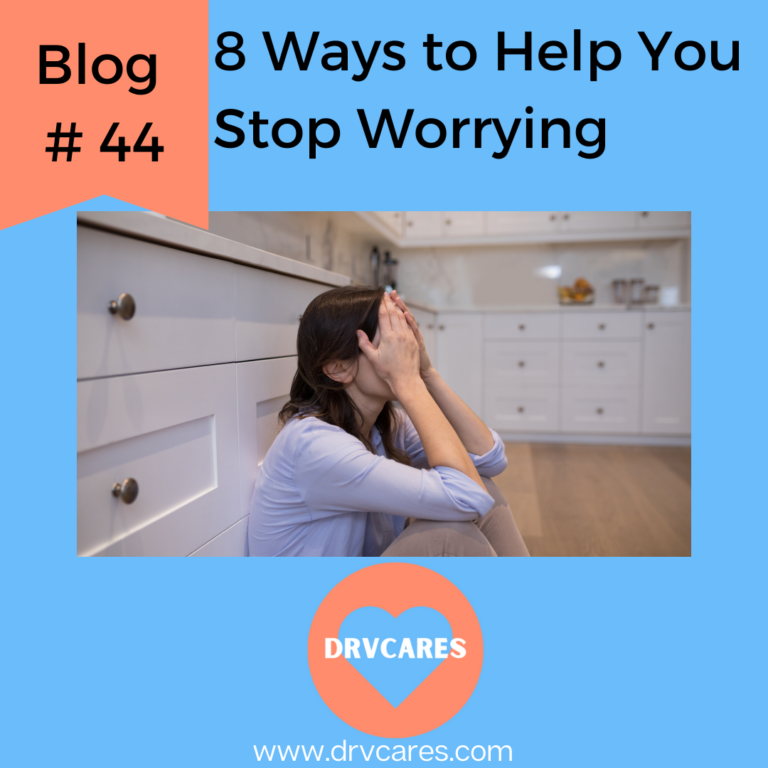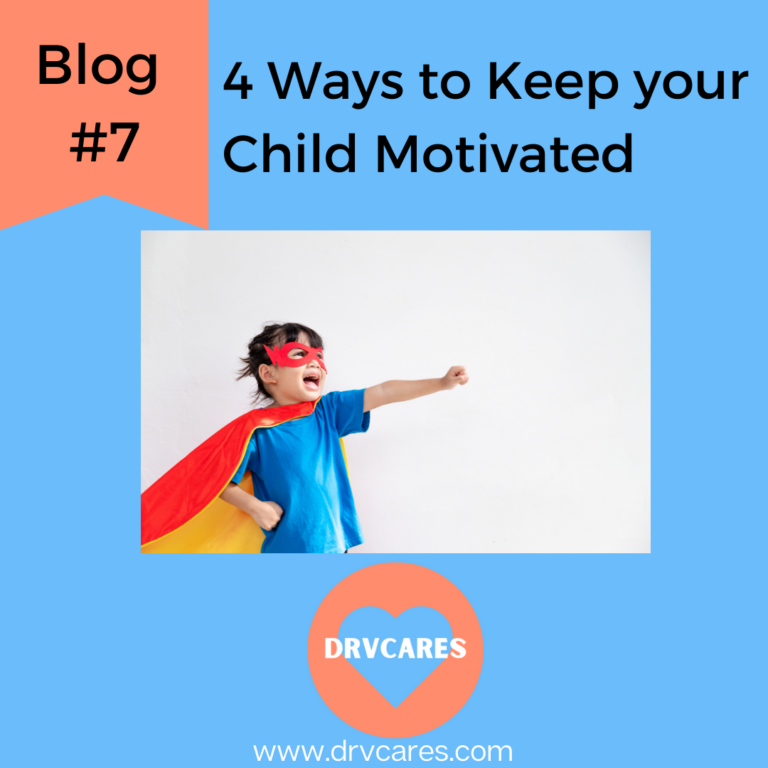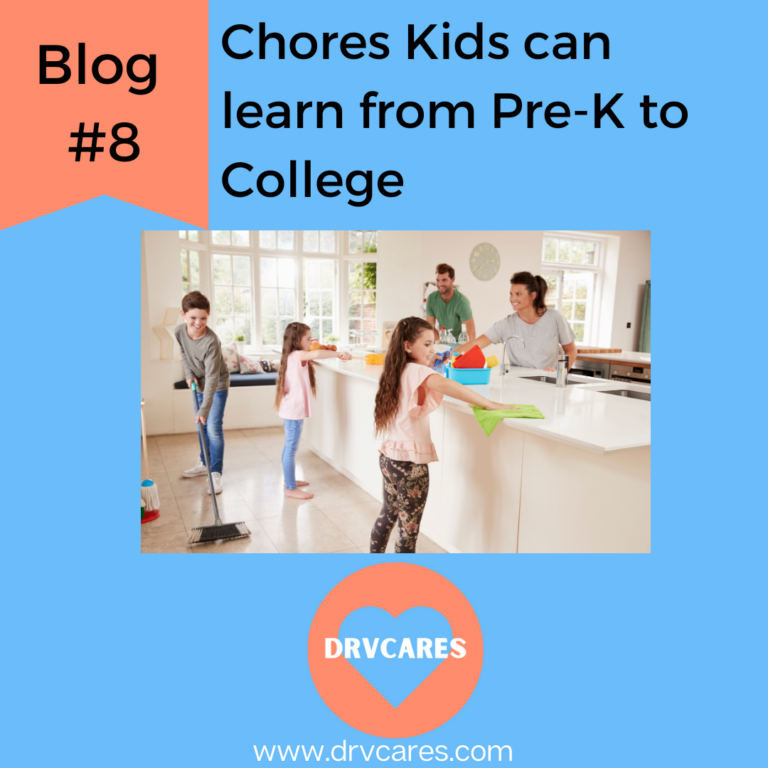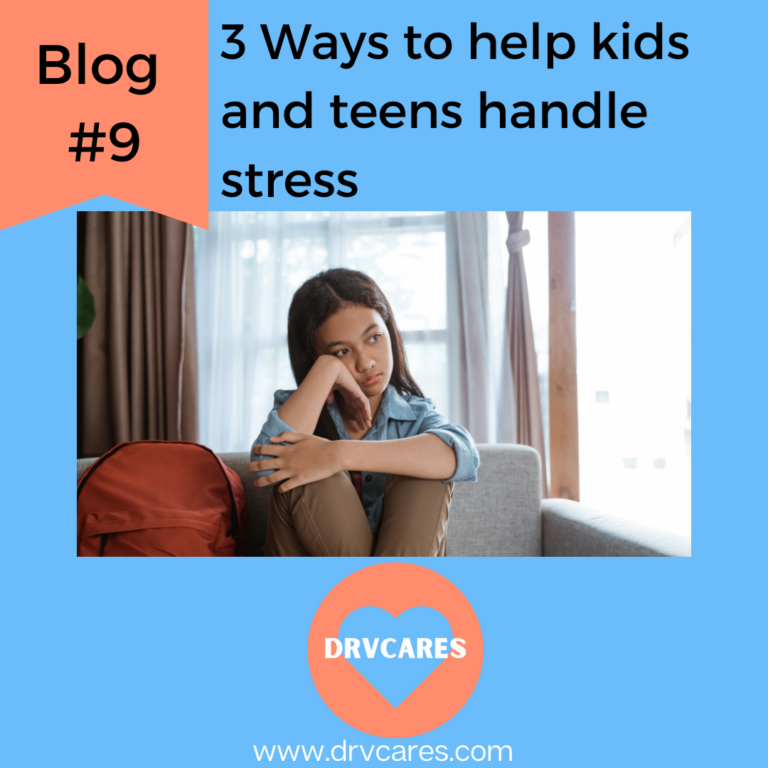May 20, 2020
As pediatricians, we frequently receive updates regarding topics of interest that the Academy of Pediatrics finds important for us to be aware of. Recently, a new clinical report from the American Academy of Pediatrics caught my attention. They are recommending that doctors write a “PRESCRIPTION FOR PLAY!”.
Yes, a prescription to play. It sounds so simple. Yet, from 1981 to 1997, children’s playtime decreased by 25 %. Children ages 3 to 11 have lost 12 hours per week of free time due to academic pressures and organized after-school activities. The pressures felt from parents to keep up with the daily-changing electronic games and digital devices is real.
Kids whose parents cannot afford the expensive digital toys may feel left out and kids whose parents CAN afford them, think that allowing their kids unlimited access to these objects is healthy and promotes learning. New games and apps come in the guise of claiming to help your child learn his or her ABC’s, math skills and or other didactic academic skills. Yet, studies show that the truth is actually that the opposite of this is true.
Children’s creativity and play is actually improved with inexpensive objects that are found in any household…boxes, spoons, balls, puzzles, crayons, boxes, pots and pans, etc.
The importance of play, it seems, has been lost. Sometimes play is viewed as frivolous or a waste of time. Parents are spending a small fortune and endless hours in a child’s life in organized sports and/or activities. The competition in the academic world is real. Parent’s want their children to be the best and this sometimes comes with the loss of free play.
Yet the studies show that play actually leads to changes in the brain in the molecular, cellular and behavioral levels. It is believed that play can have lasting changes in the brain that help to improve execute functioning and help in processing social interaction.
Executive functioning is the process of learning rather that the actual content. It has been shown to help children with improved self-regulation and self-control, better problem solving skills, filtering of distracting details, and mental flexibility. In fact, countries that offer more free play see greater academic success among children as they mature.
It has even been shown that children have lower levels of cortisol (which indicate lower stress levels) when involved in active play. This is especially important for children dealing with significant toxic stress and adversity in their daily lives, but is also important for decreasing anxiety as well. In fact, countries that offer more free play see greater academic success among children as they mature.
So what can we do? What can we as parents do to help change this? The recommendations are clear.
- Encourage free play in your day to day life with your children. You do not necessarily need extra time to play. Incorporate play in your day to day life. Engage your children in helping at home with chores, which can in turn result in role playing or fun games.
- Let your child lead with their creativity. If your child gets a new toy resist the temptation to show them how to use it. Let them try to figure it our for themselves. They may actually teach you something you had not even thought about!
- Make free play a priority instead of viewing it as a waste of time. Relax and enjoy in watching your child run around yelling “I am a pirate” or “let’s play school”
Free play, without constant supervision, helps children come together. It often brings children from diverse backgrounds together as they make up rules to a game, role-play and learn empathy. Through play, children learn what its like to lose and they are encouraged to come up with strategies to improve their outcomes in up-coming challenges. These interaction help to evolve independent thinking and creativity.
Some of my happiest moments as a mom, was watching my kids build a fort and create their own stories and/or games. It makes me smile just to think about it.
It is up to us as parents to bring free play back into the lives of our children. Our world is changing and our children need the skills necessary to compete in the 21st Century world. We need them to be creative, innovative and problem-solvers. These are the very skills that free-play encourages through the development of executive functioning.
Stop and look around you. Take a long hard look at your child’s life and what his/her daily activities involve. Perhaps you have been feeling over scheduled and stressed with parenting and “keeping up with the jonses”.
Play with your kids. Act silly sometimes and laugh. Enjoy games you played as a child and help your child discover their interpretation of the world around them, free from your interpretation. The truth is that free play will not only help your child but you as well.
Below are age-specific recommendations :
- 2-3 months- Respond to your infants emergence of a social smile by smiling in response. It helps an infant learn the effects of their behaviors. (making a parent smile when they smile).
- 4-6 months- Encourage games of peek-a-boo, laughing, and encourage your infant to discover new objects on their own. Instead of teaching an infant how to use a toy, watch them discover it!
- 9 months- At nine months is when babies begin to develop separation anxiety and stranger anxiety. It is a time when infants begin to learn self-regulation as they begin to use their parents for social refrencing. Your baby is looking at you for guidance. Make sure your facial expressions are encouraging instead of fearful as your baby begins exploring the world.
- 12 months- At this age, infants really begin to lay the foundation of the development of social skills/interactions. They love the feeling of accomplishment and true joy as they take their first steps or say a new word. Encourage your child taking those baby steps in self-discovery. Again, remember that your facial expression is what your baby is looking for.
- 2 year olds- Everyone talks about the “terrible twos”. I believe that the reason this is a belief is that this is a difficult time for a toddler. It is a time of emerging independence and they undertand usually a lot more than they are able to communicate. This leads to frustration and tantrums. Try to provide your child with some independence while staying close by providing words of encouragement when they fail or fall. Resist the temptation to scoop them up when they fall. Watch to see what they do and how they begin to problem solve.
- 3 year olds- By 3 years of age, most children have begun to communicate more effectively and can understand cause and effect. This is when it is critically important to model behavior for your child. Help your child deal with emotionally challenging situations. Guide and lead but do not be so quick to offer solutions. Let them come up with their own ways and help them learn why some solutions may be better than others. Encourage drawing, coloring and creating. Sit back and discuss how wonderful that their elephant is purple and flies, just because… Encourage creativity and take them to the park, beach or outside with no agenda.
- 4-6 year olds- By 4-6 years of age, most children have started some form of formal teaching in an academic setting. If possible, try to select programs that prioritize free play and recess in these early years. If your income is limiting take the time when possible to find local parks or community centers where your child can simply just play…
- 7-9 year olds- By 7-9 years of age, many parents are focusing their child’s talents on one sport or another form of specific after-school activity. Many children this age spend sometimes 10-12 hours a week practicing and developing a skill. The pressures to be the best are beginning to become real and many parents with lower means begin to feel that their children are not able to keep up with their more “economically-advantaged” peers. The increase in the use of electronic devices increases significantly in this age group. Yet, studies show that active play for 1 hour per day, allowed kids in this age group to think more creatively and multi-task. These kids were also found to improved social-emotional skills that later are found to correlate with improved academic and economic success. Third grade prosocial behaviors correlated with eighth grade reading and math better than with third grade math and reading levels. So, set up play dates at the park. Set up no-electronic times in your child’s schedule and let them be “bored”. Boredom sparks creativity and taps into their imagination. Do not over-schedule them.
- 10 and beyond- After the age of 10, most kids are playing electronic games and or watching more TV and videos than interacting in free play. Make a point to go outside (with no electronics) whenever possible. Find activities in your community that encourage free play. Play decreases stress, fatigue, injury and depression. In fact, adult success in later life can be related to the experience of childhood play that cultivated creativity, problem solving, teamwork, flexibility and innovations.
- Parents- The benefits of play for parents are too many to list. If your child asks you to play, do it. Enjoy the joy in your child’s face when he/she discovers the world. Go back to childhood, when life was simple, days were long and troubles were few. Create a bond with your child that will only strengthen with time, and have fun doing it!
Elizabeth Vainder, M.D.
